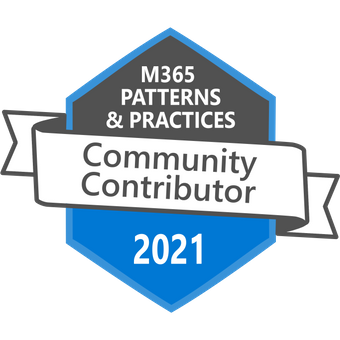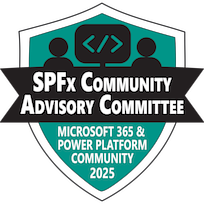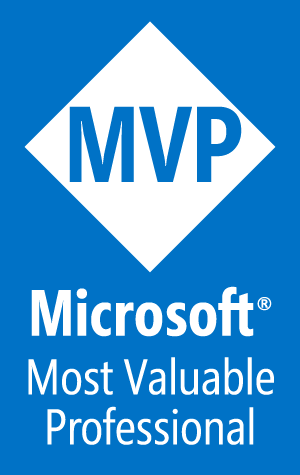
Recognition program at PnP
I recently was awarded the Community Contributor recognition badge from the Microsoft Patterns & Practices (PnP) team! While it is nice to receive recognition, my support for this open-community effort goes far beyond recognition.
PnP has been a consistent part of my professional development for many years, and I credit the program with a large part of my growth as a developer. The “old” PnP was a Microsoft program where you could learn the “best practices” for building code in SharePoint, which has been my primary development focus for almost 15 years. I am not sure exactly when the program changed to be community focused and driven, but that change has led to the rapid growth of educational materials in the SharePoint space and is now growing into the much larger areas of Microsoft 365, Microsoft Teams, Power Platform, and so much more. The future of this effort could not be brighter. We no longer use the term “best practice,” as this program will introduce you to many ways to accomplish a task. The “best” way may depend on your “use case” or just your preference of one pattern over several “equally as good” patterns.






